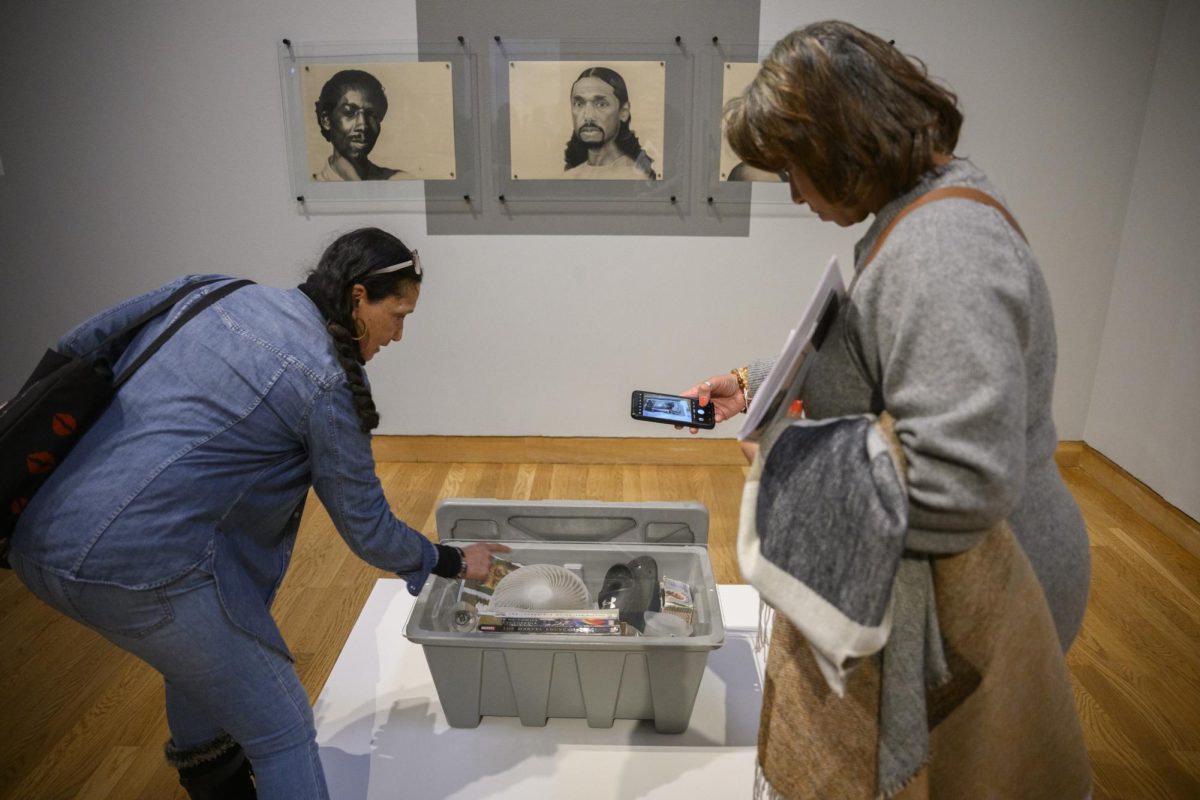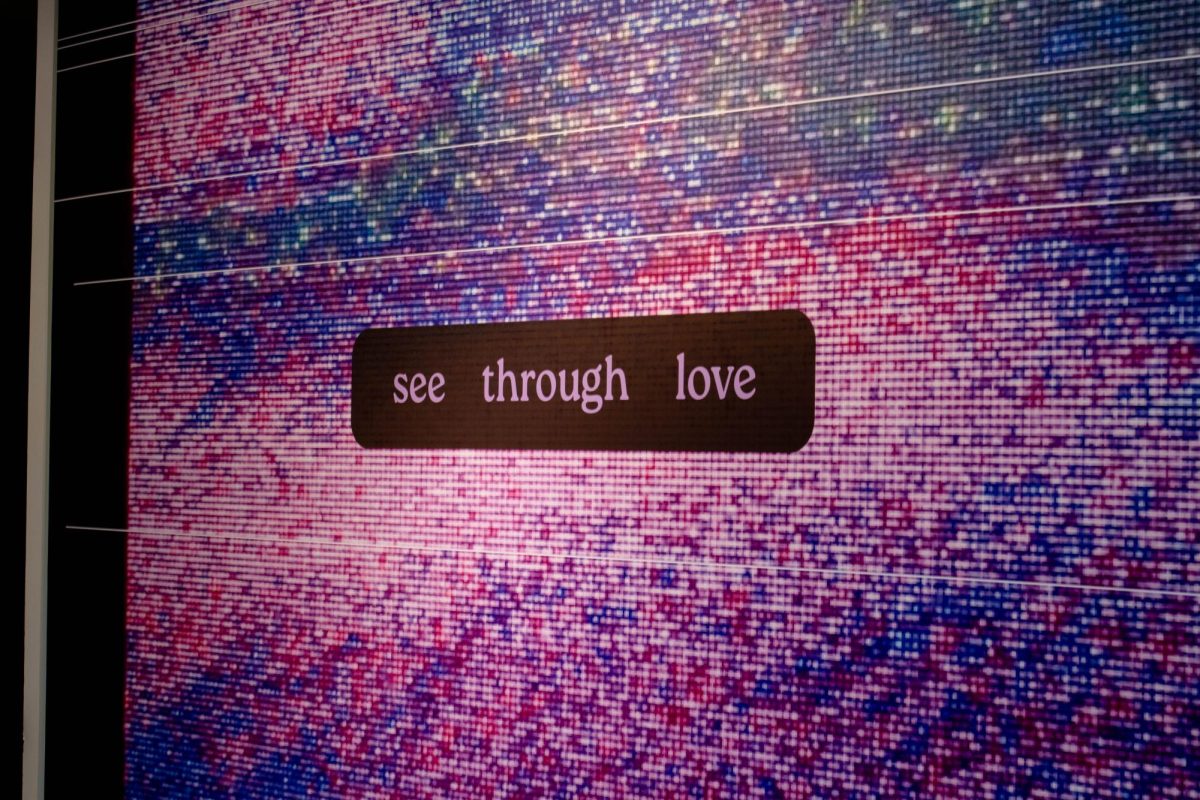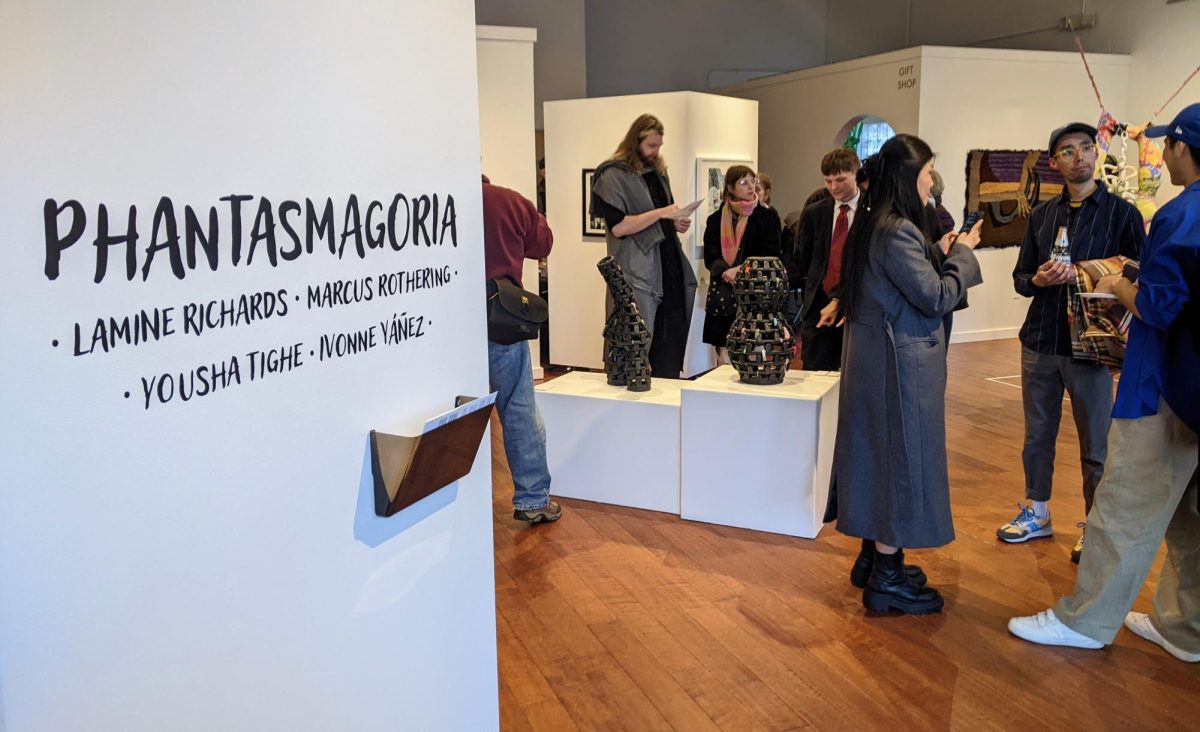The Guerrilla Girls give you a choice.
You can join a mass of women picketing or you can throw on a gorilla mask, adopt the name of a dead female artist and send estrogen supplements to the White House.
The Guerilla Girls are the second, and better, option. The Guerilla Girls expose sexism and racism in the white-male dominated world of Western art and film, all while inspiring a few chuckles and making people mad.
The anonymous artist collective doesn’t fiddle with letters, seminars or compromise. It skips the getting-to-know-you stage other feminists use to gain respect. They frown upon the stereotype of the somber feminist, fighting back with “facts, humor and fake fur.”
The Office for University Women brings the Guerilla Girls to the University as a part of Women’s History Month. The performance will center on sexism in the art and sciences.
“We look for performances that are entertaining yet thought provoking,” said Claire Walter-Marchetti, director of the Office for University Women, “and they definitely provide both.”
Established in 1985, the Guerilla Girls initially were a response to the Museum of Modern Art in New York’s opening of “An International Survey of Painting and Sculpture” What was supposed to be a synopsis of the most significant contemporary art at the time turned out to be a showcase for racism and sexism. Of 169 artists, all were white, either from Europe or the United States, and only 13 were female.
A group of female activists and artists, hopelessly searching for a reason behind the madness, decided to blame everyone. They covered New York with posters exposing the sexist records of art dealers, critics and collectors. They drew attention from the people who ignored the picket signs.
These posters have since attacked issues such as female nudity, female artists’ salaries, beauty expectations in Hollywood and female-to-male ratios in the film and arts industries.
For instance, women make up 14 percent of senators yet only 4 percent of film directors. On one of their posters, the Guerrilla Girls gallantly state, “Even the U.S. Senate is more progressive than Hollywood.”
“Women have been marginalized and kept out of certain places of power and influence,” said Walter-Marchetti. “The Guerrilla Girls want to change that.”
Many of the women are artists trying to establish their own name in the art scene. By donning gorilla masks, they are not only able to separate their activism from their work, but also to take the focus away from the identity of the messengers and put it on the actual messages.
With the masks, the Guerilla Girls have joined the long tradition of masked avengers, like Robin Hood, the Lone Ranger and, of course, Catwoman.
Nearly every aspect of the Guerilla Girls’ disposition, including the gorilla masks, is meant to aggravate. The word guerilla, or armed resistance, is used to inspire fear of who the Guerilla Girls are and when they will “strike” next.
“Girl,” a term condemned by so many feminists for its connotations of immaturity and incapability, is used in the same way gay rights activists use “queer.” For a Guerrilla Girl to reclaim this word means it can’t be used against her.
The pseudonyms, names like Frida Kahlo, Gertrude Stein and Georgia O’Keeffe, are used to uphold the anonymity of the Guerrilla Girls, while at the same time reinforcing past artists’ presence in history.
The Guerilla Girls published their first book, “Confessions of the Guerilla Girls,” in 1995, and since have come out with “The Guerrilla Girls’ Bedside Companion to the History of Western Art” and “Bitches, Bimbos and Ballbreakers: The Guerrilla Girls’ Illustrated Guide to Female Stereotypes.” Each has sold tens of thousands of copies, changing the arts and film scene one reader at a time.
The Guerilla Girls have toured the country, stirring audiences with their jungle drag and subversive skits. These speeches and workshops have empowered the audience; succeeding at something many feminist movements have attempted to do in the past.
So maybe that’s all it takes to inspire change. Why doesn’t every radical movement employ a bunch of monkeys from New York City to count penises in the art museums? It’d be movement enough just to see what comes of it.







